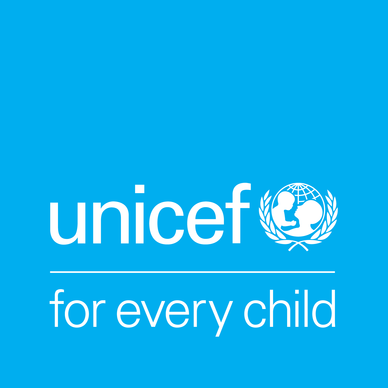450 million children are struggling due to a lack of safe water
Water scarcity affects the lives of around 1.3 billion people in the world, including 450 million children.
Climate change is making things worse; too much water (flooding) destroys critical infrastructure and increases the risk of waterborne diseases. On the other hand, rising temperatures leading to droughts cause groundwater sources to dry up, making water hard to access. Global conflict brings further challenges, often cutting children and families off from water sources for drinking.
1 in 3 children live in areas exposed to high or very high water scarcity. Most affected children live in the Middle East, North Africa and South Asia regions.
What is water scarcity?
Water scarcity is when the demand for water exceeds the supply and where available water resources are about to, or have already, exceeded sustainable limits. It can either be physical or economic.
- Physical water scarcity happens when water resources are overexploited for various uses and no longer meets people’s needs.
- Economic water scarcity happens when adequate water resources are available but are not fully accessible. This may be due to poor governance, infrastructure levels and limited investment.
Moreover, water scarcity affects the quantity and quality of available water resources, heavily impacting children as water is essential for their growth. It affects the quality of their nutrition, education, their level of safety, and well-being. In most cases, water scarcity affects girls more as they often have to miss school to walk long distances and fetch water for their families.
How are we helping children and families access safe water?
We are working tirelessly worldwide to help children and families overcome issues associated with water scarcity. In 2023, we helped over 5.9 million people access water that is safe and available when needed. When humanitarian disasters strike, we act fast with our partners to ensure that families can get clean, safe water for drinking and washing – no matter the circumstances. Furthermore, we are tackling the effects of climate change by urging governments around the world to make water systems fit for the future.
Solving the problems of water scarcity is a complex process and requires work at multiple levels to increase access to safe water and address the impacts of water scarcity.
Some of our areas of focus include:
- Providing access to safe and affordable drinking water services.
- Ensuring water, sanitation and hygiene services in communities are climate-resilient, meaning they can withstand the effects of climate change.
- Identifying new water resources.
- Improving the efficiency of existing water resources.
We can’t do this work alone. We rely on the generous donations of our supporters and partners to enable this essential work. You can help us address the impacts of water scarcity by donating today.

12 year old Mir Haq washes his hands at Mawlana Jalaluddin Mohammad Balkhi School in Mazar-i-Sharīf, Balkh Province, Afghanistan.
Together with our partners, we constructed latrines and water pumps powered by solar energy at the school. We also supported the school in educating girls and boys about the importance of personal hygiene.
Mir Haq expressed his feelings about the new solar-powered pumps. “I'm so happy about now having clean water at school. I used to always get sick but I don't anymore. Now I can study to be a doctor!"

Children and families work in a vegetable garden in the village of Nisoa in South Western Madagascar. This was made possible by the construction of a water reservoir we built alongside our partners in the village.
Ultimately, a clean and safe environment is the right of every child. We are working on innovative solutions to tackle the impacts of climate change on water supply and quality.






